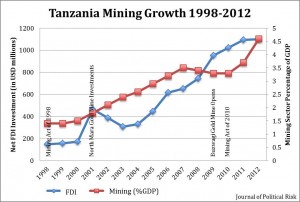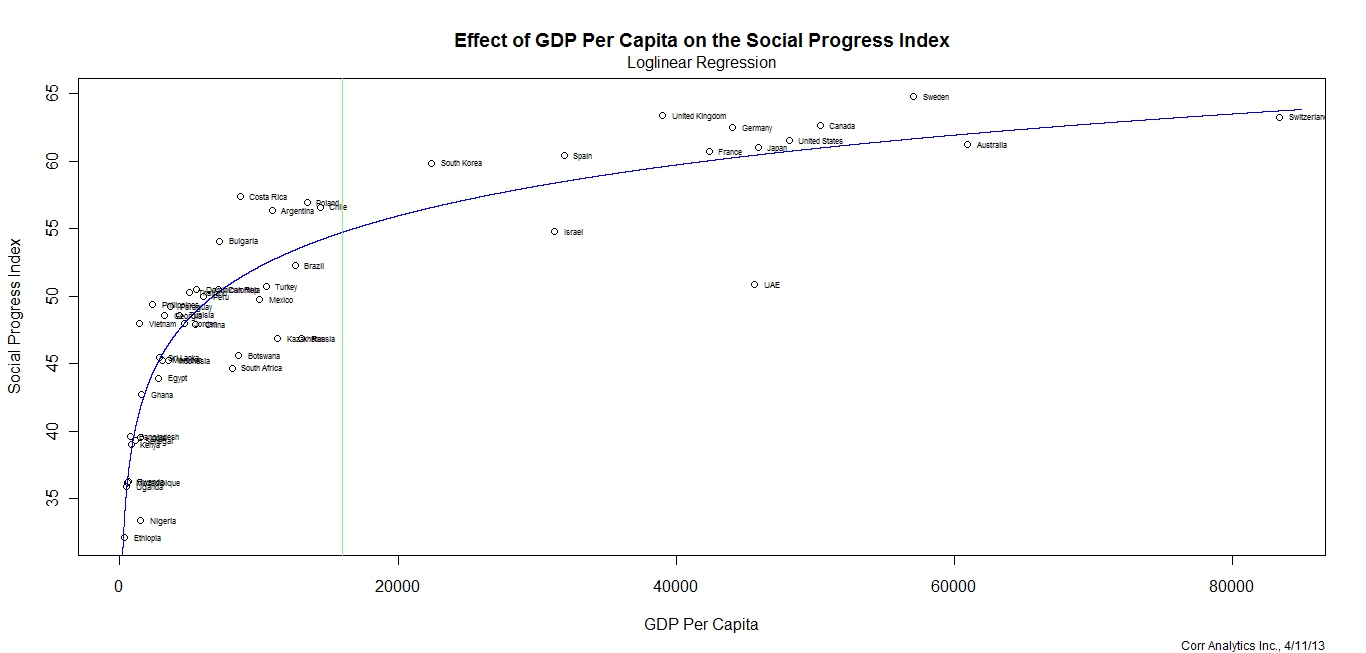French Foreign Minister Laurent Fabius recently indicated that development would be a priority in Mali as a counterinsurgency strategy. The theory is that after winning the war, an infusion of development funding will solidify gains among the population and strengthen their resolve against Islamist rebels. French and Malian officials are currently in Lyon, France, discussing details of 300 projects that will focus on water, health, education, and job training (BBC, EuroNews).
While providing development to impoverished Malians is intuitively good, the likely small scale of the overall project, combined with its implementation in a conflict zone, pose complications and could even lead to confounding effects. Mali has an overall population of 15.5 million sharing a GDP of $9.6 billion ($619 per capita) (CIA Factbook). While the amount of development funding planned by France has not been revealed, development funding in Afghanistan can be used as a point of comparison: $62 billion over ten years from 2002-2011 (National Defense University), or about $200 per person per year. An equivalent development level for Mali would require $3.1 billion for 2014 alone, which is unlikely given the state of France’s economy.
The impact of $200 of funding per person per year in Mali could actually be negative. Twenty-five percent is probably lost to legitimate administration. Through corruption, government officials could absorb 5-15% of the remaining funding. Through extortion, Islamist rebels could “tax” the development contractors doing the actual construction or service delivery in Northern Mali. This could provide them with access to scarce cash necessary to take their rebellion to a more lethal level. Finally, populations with heightened expectations from advance hearsay of the development projects could have those expectations dashed by the inadequacy of those projects once they reach the villages. While a nice gesture, whatever development funding remains after administration, corruption, and extortion costs (about $120 per capita by my calculation) may seem stingy to a Malian villager who is now intimate with the French rolling around in million-dollar armored vehicles, and streaking across the sky in jets.
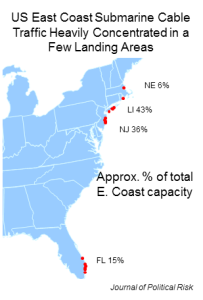
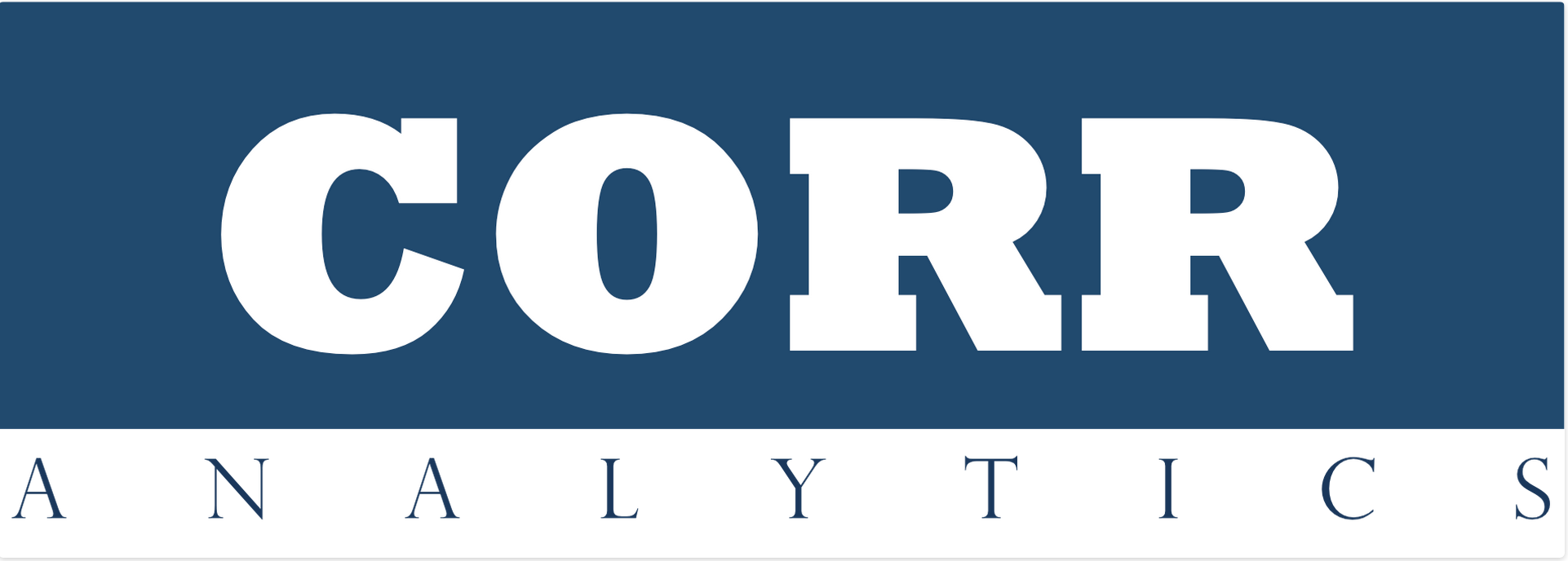
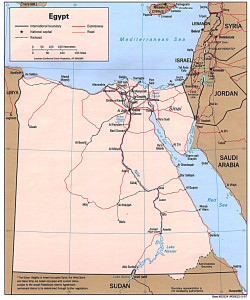
![Figure 1: Comparison of Gambia and Sierra Leone on the Ease of Doing Business in 2013. Data Source: World Bank. [1]](https://www.canalyt.com/wp-content/uploads/2013/09/Figure-1-Gambia-Sierra-Leone-World-Bank-Ease-of-Doing-Business-2013-300x180.jpg)
